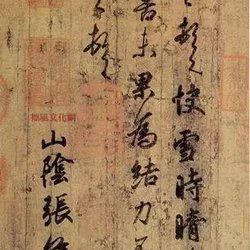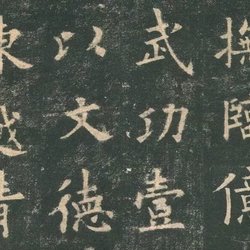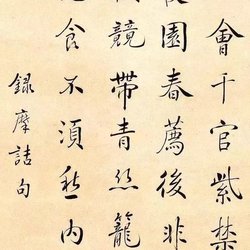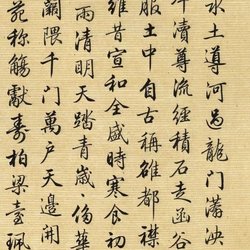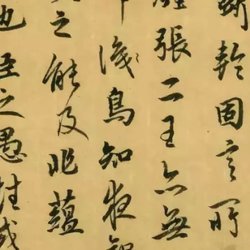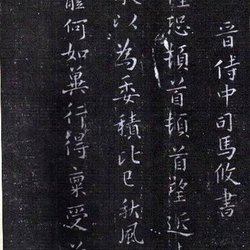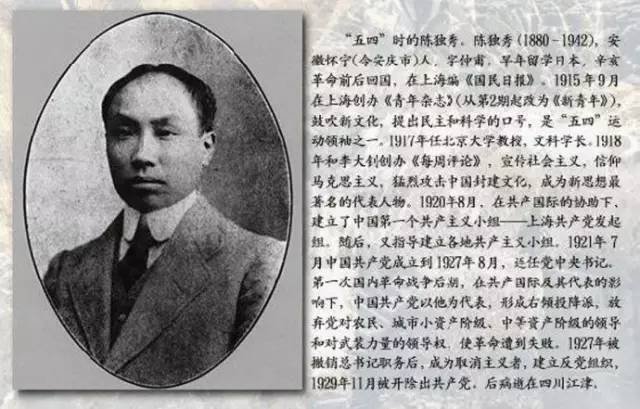
Chen Duxiu(1879-1942), the initiator and banner of the New Culture Movement, the pioneer of the Chinese Cultural Enlightenment Movement, the commander-in-chief of the May Fourth Movement, the founder and first general secretary of the Communist Party of China, and the supreme leader of the first to fifth major parties. His original name was Qingtong, his official name was Qiansheng, his courtesy name was Zhongfu, and his nickname was Shi'an. A native of Huaining, Anhui (now part of Anqing City).
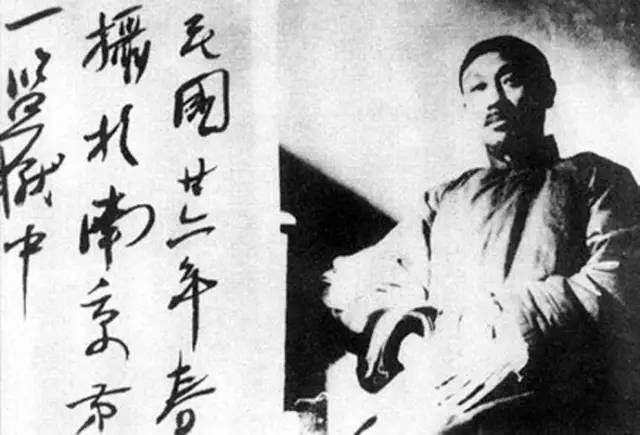
Chen Duxiu in prison in Nanjing in 1937
Chen Duxiu in Cai Yuanpei’s works:
Twenty-five years ago, when I was working as a staff member of Shanghai's "Alarm Bell News", I got to know Mr. Chen Zhongfu... and I admired his perseverance and sense of responsibility.
The most beautiful personality of a modern scholar is none other than Chen Duxiu.
Chen Duxiu in Lu Xun’s works:If Tao Lue is compared to a warehouse, Mr. Duxiu's has a big flag outside and a big calligraphy saying: "There are weapons inside, be careful!" But the door is open, and there are several guns and several weapons inside. The knife is clearly visible, so there is no need to be wary.
Chen Duxiu in Xu Zhimo’s works:
I looked closely at his appearance. His hair was very high, almost in the middle of his head, and his forehead was like a slope. What is particularly unusual is the sharp and straight bridge of his nose, which is as sharp as the eyebrow ridge and has clear lines. It is as different as the bronze statues carved by modern expressionists imitating African art.
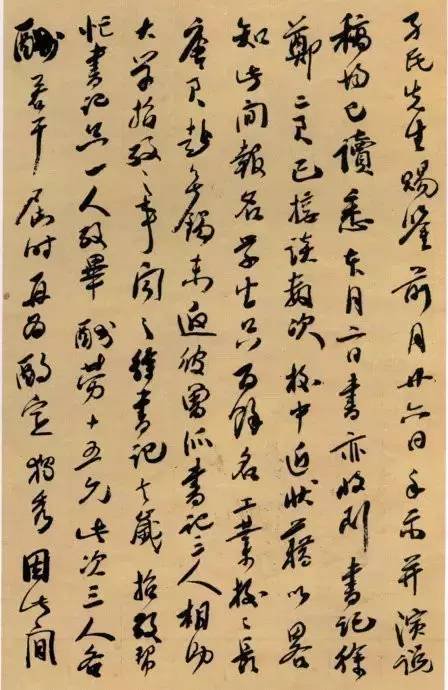
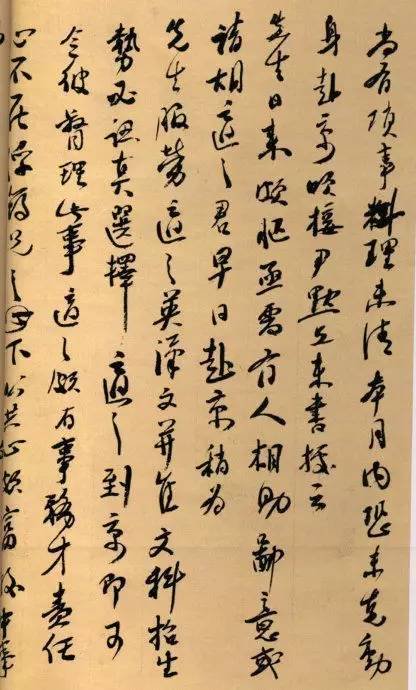
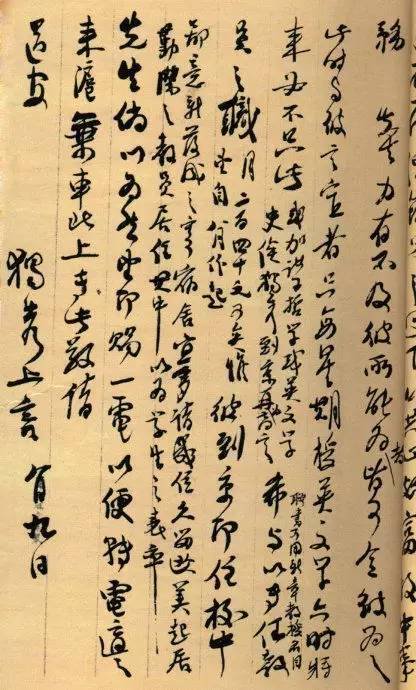
Chen Duxiu's Letters
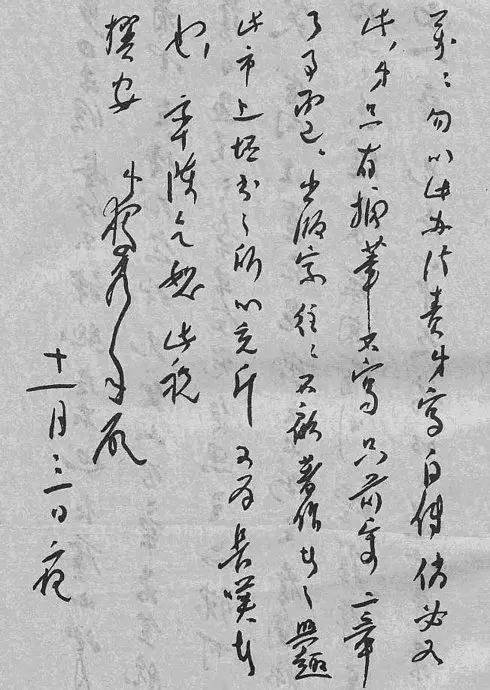
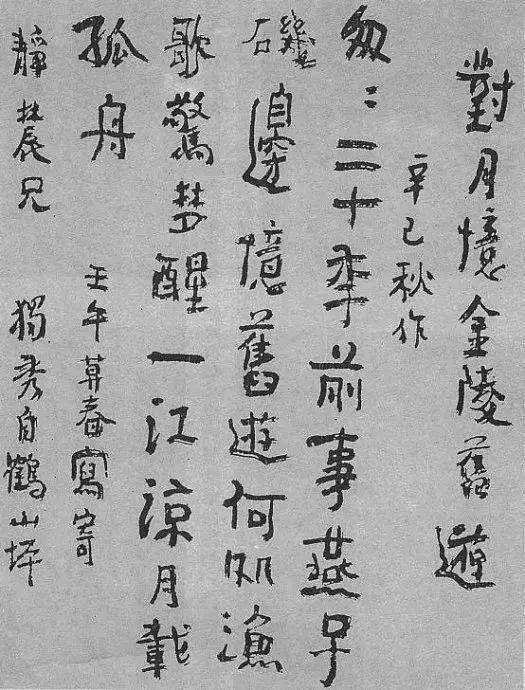
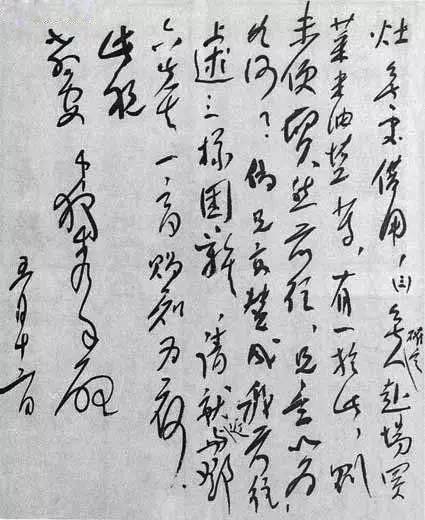
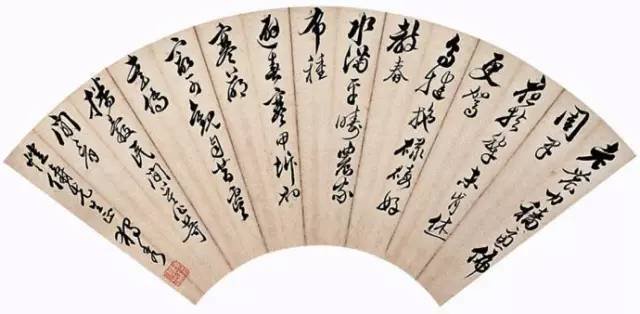
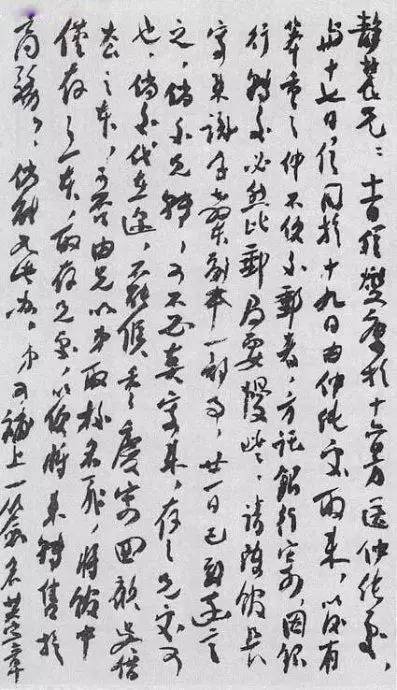
Chen Duxiu's calligraphy is beautiful on the outside and strong on the inside
Chen Duxiu, the early leader of the Communist Party of China, was not only at the forefront of the New Culture Movement and made certain contributions, but also had profound attainments in the practice and theory of calligraphy.
Chen Duxiu recalled in "The Autobiography of Shi'an": "...As for writing, I like to write inscriptions on inscriptions. My eldest brother always advised me to learn Guange style. It was really funny to me. I had already made up my mind. I just wanted to take the exam and decide to do it. If you don’t want to make progress, why should you learn that annoying Guange character?"
Chen Duxiu did put a lot of effort into calligraphy. Tai Jinnong recalled: Chen liked calligraphy in his early years and studied seal characters. He wrote a four-foot vertical scroll in cursive. His body is strong and powerful, which shows not only his skill, but also his mind, which is really unpredictable. This calligraphy was written in Jiangjin, Sichuan, and is the work of Chen Duxiu in his later years. At this time, Chen Duxiu was poor and sick, and lived a miserable life. Gutai said that he was "even more old-minded."
In 1932, Chen Duxiu was arrested and imprisoned. He Yingqin, the then Minister of Military and Political Affairs of the Kuomintang, asked him to write a letter. Chen gave him a pen and wrote "The three armies can seize the commander, but the ordinary man cannot seize the ambition." According to the recollection of Bao Huiseng, Chen Duxiu's subordinate and friend at the time, Chen also wrote a letter to a detective captain, with the content of two banners: "Return my land and rivers" and "First of all, worry about the world."
Painter Liu Haisu also visited Chen Duxiu in prison. Chen wrote a calligraphy to send to Liu, and Liu also sent a painting to Chen. Bao Huiseng said that Chen Duxiu could write in several fonts and looked quite handsome. Bao likes his cursive and banqiao scripts. This statement is true. The title of the early "Guide" magazine came from Chen Duxiu. The author once saw the magazine "Guide" in the periodical library of the National Library (then Beijing Library). The two-character title of the magazine exudes a sense of heroism in its delicacy.
Chen Duxiu also has a theory about calligraphy: He believes that writing is like painting, which requires both talent and kung fu; kung fu develops inner strength, and talent expresses outward beauty. If the calligraphy can achieve internal strength and external beauty, it will have a certain appearance, which is the so-called "medium-looking". A mediocre person who only pays attention to copying inscriptions and inscriptions will inevitably become clumsy when writing. People with some talent often disdain copying, and the words they write have flesh and bones, and neither of them can reach the wonderful state.
Chen Duxiu's friend Shen Yinmo is a famous calligrapher, and his works are very popular in the Chinese calligraphy circle. Shen recalled in the article "Chen Duxiu and Me": "...Chen came to visit his apartment. As soon as he entered the door, he said loudly: 'My name is Chen Zhongfu. I saw the poem you wrote yesterday at Liu Zhijia. The poem is very good and the words are vulgar to the bone. .' At that time, I felt that my handwriting was quite harsh, but then I thought about it, my handwriting is indeed not good. I was influenced by Mr. Qiu Laizhi from Nanjing, who used a long-edged brush and couldn't lift my wrist, so I couldn't write well and it was tacky. . Perhaps it was the stimulation from Chen Duxiu’s blow to the head that from then on I studied calligraphy vigorously.”
According to Shen Yinmo's recollection, this incident should have occurred before 1917. In his later years, when Chen Duxiu settled in Jiangjin, Sichuan, he once wrote a letter to Tai Jinnong, and also talked about Shen's calligraphy: "Yin Mo has always had a very deep calligraphy skill, which is beyond the reach of friends who can see him. However, he has no words outside the calligraphy, and he can see three There was no big difference ten years ago. There are two surviving characters, and several of them are close to the authenticity. Xi's character Duo Minangong's version still has the charm of Ou Chu's Lin Pavilion. After studying it deliberately, the quality of the calligraphy was finally inferior to that of Tang Xian. Also, why do you think so?"
The "two kings" in the letter refer to Wang Xizhi and Wang Xianzhi; Minangong refers to the calligrapher Mi Fu of the Song Dynasty; "Ou" refers to Ouyang Xun, a calligrapher of the Tang Dynasty; "Chu" refers to the calligrapher Chu Suiliang of the Tang Dynasty; "Zhen", Yan Zhenqing, a calligrapher of the Tang Dynasty. (According to "People's Daily" article/Hu Beizi)

